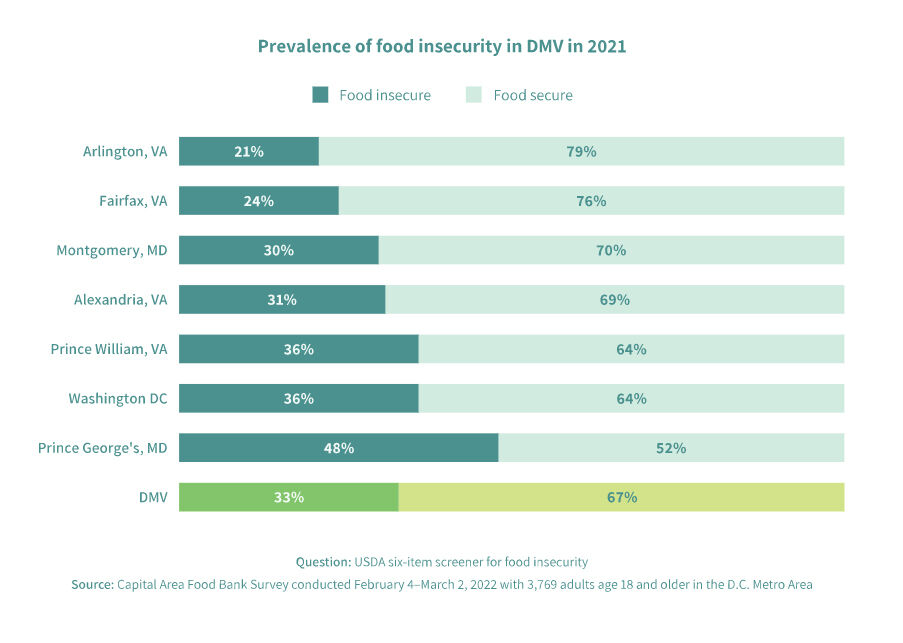Many cities around the nation are facing a homelessness crisis, spurred by inflation, an economic downturn and a lack of affordable housing.
In Prince George’s County, Maryland, a spike in homelessness — among the highest in the nation — is straining both families and the county’s service providers and programs that are aimed at helping residents hang onto their homes.
The number of homeless people being serviced in Prince George’s County increased from 2020 to 2021, from 1,893 to 1,975 people, according to data from the state’s 2021 Annual Report on Homelessness.
Shannon Mouton, the executive director of Laurel Advocacy & Referral Services, Inc. (LARS), an organization that provides anti-poverty services to many Prince George’s County residents, said her organization has seen unparalleled demand for services across the board in the past year.
“Before, we were able to help people with one or maybe two months of rent,” Mouton said. “People [are] coming to us now with three, four or five months behind in their rent. We’ve written checks in the five figures.”
From July 2021 to the end of June 2022, LARS provided more than $400,000 in rental and mortgage assistance. That’s a more than 60% increase from the previous year, where they distributed around $250,000 in assistance.
The county’s ten-year plan to eliminate homelessness, published in 2012, estimated that 70% of those seeking homelessness services were members of families. Nearly half of those being serviced were children.
Single adults have historically made up a smaller percentage of service recipients. A decade later, Mouton said the bulk of services is still going to families — most with multiple children.
And while service providers like Mouton and LARS aim to meet the demands of the homelessness crisis, they’re also contending with rising food insecurity.
Earlier this year, the county’s task force presented recommendations to the county council to mitigate the food insecurity crisis.
Despite any interventions the county council has implemented since the presentation, it’s clear the problem persists. Earlier this year, 48% of Prince George’s County residents reported being food insecure, according to data from the Capital Area Food Bank’s 2022 Hunger Report.

The prevalence of food insecurity in Prince George’s County was the worst in all D.C.-area regions measured in the survey, and surpassed the regional average food insecurity by 15%.
Mouton said in the last year, 83% of people in the Laurel area were eligible for LARS’ service interventions. To meet the need, the organization expanded its food pantry operating hours, offering free food to residents regardless of need, every weekday.
“With us being open five days a week now for food, we’re seeing people come five days a week to get food,” Mouton said. “It’s not getting any better.”
In the last year, Mouton said LARS received more than 39,000 pounds of food and about $150,000 worth of toiletries and household items from donors.
“It goes out the door as quickly as it comes in.”








